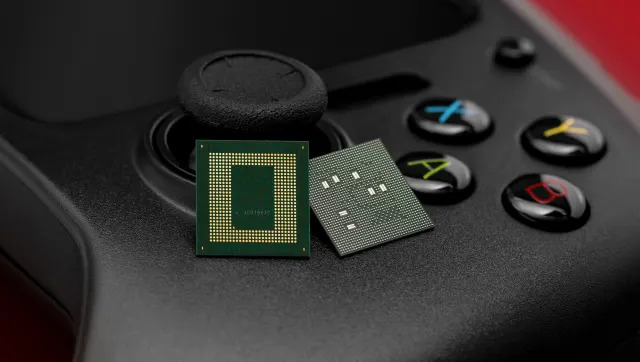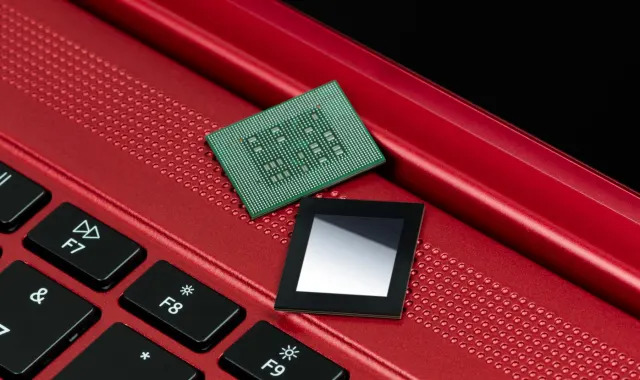Qualcomm is expanding its ARM-based chip selection for Windows and Chromebooks with the Snapdragon 8cx Gen 3 and 7c+ Gen 3 platforms. In addition, the business intends to power portable gaming devices with Snapdragon G3x Gen 1 chipsets.
Qualcomm claims that the Snapdragon 8cx Gen 3, which improves upon the Gen 2 from the previous year, is the first 5nm PC platform and was created with ultra-slim and fanless laptops in mind. It claims that despite maintaining comparable power consumption levels to Gen 2 chipsets, Kryo CPU performance was enhanced by switching to a 5nm production node and other enhancements. According to the manufacturer, the chipsets would outperform x86 CPUs by up to 60% per watt and by up to 85% when compared to the previous generation.
The platform is said to provide chip-to-cloud security, improved video and audio capabilities, and multi-day battery life in addition to 5G and WiFi 6/6E connection. Users of 8cx Gen 3 chipset systems will be able to benefit from “29+ TOPS of AI acceleration,” according to Qualcomm, which is three times more powerful than “the leading competitive platform.” Tasks like face identification and backdrop blur during phone calls might be expedited by the AI acceleration. Furthermore, the Snapdragon 8cx Gen 3 enables up to four cameras and 4K HDR camera quality.
Qualcomm also says 8cx Gen 3 will offer up to 60 percent improved performance over previous-generation chips during GPU-intensive tasks thanks to the Adreno GPU. You’ll be able to play games in Full HD at up to 120 fps, and Qualcomm claims the platform is optimized to let folks play up to 50 percent longer “than certain competing platforms.”
As for Snapdragon 7c+ Gen 3, that platform’s designed for entry-level PCs and Chromebooks, and it emerged only six months after the previous generation. It too supports 5G, both sub-6 and mmWave, thanks to the inclusion of the Snapdragon X53 5G Modem-RF system. You can also expect Wi-Fi 6 and 6E support. Qualcomm says the 6nm 7c Gen 3 platform will deliver up to 40 percent improved CPU performance and as much as 35 percent improved graphics performance over the previous-gen chipsets.
ARM-based Windows machines haven’t exactly set the world alight, and it remains to be seen whether Qualcomm can help the Windows on Snapdragon platform turn the corner with its latest, more powerful options. Devices with Snapdragon 8cx Gen 3 and 7c+ Gen 3 chipsets are expected to debut in the first half of 2022.

Elsewhere, Qualcomm is making moves in a new chipset category: gaming handhelds. It says the Snapdragon G3x Gen 1 Gaming Platform will support game streaming from consoles and PC, cloud gaming services and Android games and apps. The Adreno GPU can run games at 144 fps and at 10-bit HDR, according to the company, while the FastConnect 6900 system offers 5G mmWave and sub-6 and WiFi 6/6E connectivity.
To show off the platform, Razer collaborated with Qualcomm on a handheld gaming dev kit that’s available to developers starting today via Razer’s website. The device features a 120hz, 6.65-inch OLED display with 10-bit HDR support, four-way speakers and a built-in controller. The device can even be used for live streams that include audio and video feeds from players, since it has a 1080p 60 fps camera and dual mics.
Should Snapdragon-powered handhelds come to market, they’ll be vying against the likes of the Nintendo Switch, Steam Deck, smartphones and tablets. It’s a competitive sector, but one that’s growing rapidly, so there might be room for devices with Qualcomm chipsets to carve out a niche.






